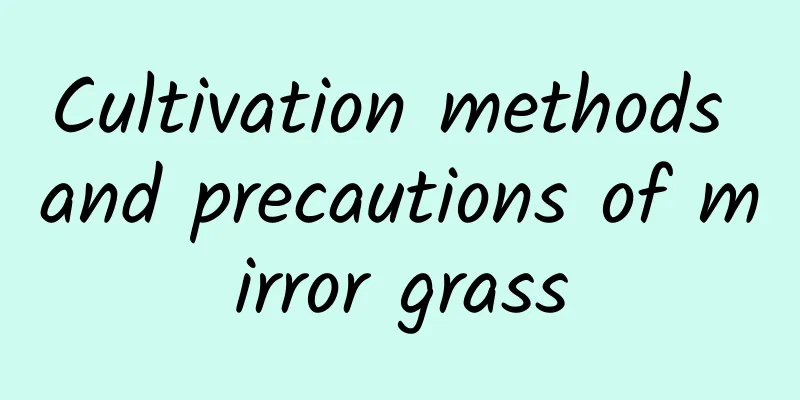Cultivation methods and precautions of Hellebore

How to grow HelleboretemperatureHellebore prefers warmth and is relatively cold-resistant, and can tolerate temperatures as low as -10 degrees in winter. But it should avoid dryness and coldness. It grows well in moist and cool places in winter, and the best temperature for overwintering is 4 to 10 degrees. It is not resistant to high temperatures. During high temperatures in summer, measures such as shading, spraying water on the leaves, and increasing ventilation should be taken to lower the temperature. illuminationHellebore prefers semi-shady environment and avoids exposure to sunlight. Shade is needed in summer to prevent the plants from being burned by the scorching sun. Sufficient light should be maintained in early spring to facilitate flower bud differentiation. If there is no shade in summer, the stems and leaves will be burned and dry. WateringHellebore is not drought-tolerant, so the soil in the pot should be kept moist during its growth period. In the summer when it is not suitable for growth, watering needs to be properly controlled. Water when the soil is dry and do not let the soil in the pot be too dry. FertilizationFertilize hellebore once every half month during the growing season. Top dressing can be done 3 times a year. soilHellebore likes moist, fertile and well-drained soil, especially sandy loam, and avoids poor drainage. Neutral or slightly alkaline soil is best. If the soil is heavy, it needs to be mixed with sawdust, humus organic fertilizer and peat soil before planting. It can be planted in the field or in pots in late spring or autumn, but is usually planted in autumn. Things to note when growing HelleborePest controlHellebore is often attacked by diseases and pests such as wilt, crown rot, black spot, aphids, and slugs. In autumn and early winter, remove old and diseased leaves from the plant to prevent black spot disease in spring. Reproduction methodHellebore can be propagated by sowing and division. The method of division is relatively easy. The disadvantage of sowing propagation is that some species cannot completely inherit the characteristics of their parents, and the germination rate of some seeds is not high. otherPotted hellebore should not be moved frequently to avoid damaging the stems and leaves and causing the flowers to fall. |
<<: Common varieties of strawflower
>>: Common varieties of Bauhinia
Recommend
One cactus has 40 flowers, you have never seen these varieties!
Fairy Finger Propagation: cuttings are possible F...
What should I do if the leaves of the swallowtail palm fall off?
1. Excessive watering 1. Reason: If you water you...
Can the spider plant be repotted in summer? What season is best for repotting?
Can the spider plant be repotted in summer? Chlor...
Why does the rubber tree lose its leaves?
The rubber tree is a very suitable potted green p...
How do mushrooms reproduce? How and what methods do they reproduce?
Mushroom reproduction method When mushrooms repro...
Which month is the best to plant cherry tomatoes?
Cherry tomatoes , also known as cherry tomatoes, ...
Peach tree management measures in January
January is already a cold winter and most peach t...
How to grow jasmine potted plants
Jasmine growth habits Jasmine likes to grow in wa...
Pay attention to these when buying flowers and plants, don’t be fooled!
Be careful of those charming flowers In order to ...
African violet maintenance method
African violet, also known as African violet and ...
How to cultivate caterpillar flowers
1. Breathable flower soil When growing caterpilla...
Cassia seed planting time and method
Cassia seed planting time Cassia seed is generall...
Fruit Name
1. Apple Apple is one of the common fruits in lif...
What is the best water for the fortune tree?
1. Rainwater This kind of tree prefers slightly a...
When to plant greenhouse cucumbers?
The greenhouse cultivation model has developed to...









